Learning how to measure ingredients is essential when you are learning how to cook. The correct balance of ingredients is what makes food taste good. We all know when there is too much salt in something, and can certainly tell when something is too spicy or bitter.
Professional cooks make it look so easy by just throwing in a dash of this or a pinch of that, but they have the experience and the feel for measuring without always having to use the exact measuring tool.
When you are learning how to cook, it is best to try to be precise with all your measurements.
My guest blogger from England, Jon Sacker, taught us how to measure by weight. In the US, we mostly measure by volume.
(Be sure not to confuse the term “fluid ounces” with the term “ounces” that we use when referring to weight. Ounces measure weight, fluid ounces measure volume.)
The three basic tools used to measure ingredients in cooking are:
- Measuring spoons
- Dry measuring cups
- Liquid measuring cups
Measuring Spoons
A basic set of measuring spoons come with 5 spoons:
- 1/8 teaspoon
- ¼ teaspoon
- ½ teaspoon
- 1 teaspoon
- 1 Tablespoon
Recipes are always written with the small t representing teaspoon and the capital T representing tablespoon.
By the way, 3 teaspoons = 1 Tablespoon; Who Knew?
Even though the words are the same, standard measuring spoons are *not* the same as the teaspoons and tablespoons in the drawer that you use to eat with.
It is very important to be exact when measuring things like baking powder and baking soda. (These are leavening agents which means they make things rise.) Always even off the top of the measuring spoon with the straight edge of a knife.
When measuring spices the spoon often doesn’t fit into the mouth of the spice jar. Pour some spice in a small bowl and then measure.
To get the spice back into the jar make a funnel out of paper and it just pour the unused spice back into the jar!
Dry Measuring Cups
Dry measuring cups are usually made of metal or plastic and have an even rim. You dip the cup into the dry ingredients and level off with the straight edge of a knife. (Again, don’t confuse the word “cup” in a recipe with cups that are used for drinking.)
This is method of measuring is called “dip and sweep”
To measure brown sugar always use dry measuring cups. You need to always pack the brown sugar into the measuring cup. This would be very difficult and not very accurate with a liquid measuring cup.
If you need to measure anything sticky like honey, syrups, or even peanut butter, spray the measuring cup with vegetable spray. This will help the sticky ingredients slip right out of the measure when you’re done.
If you are brewing fresh coffee, one “scoop” measures 1/8 cup or 2 tablespoons of coffee (to 5 ½ ounces of water). I always use two scoops with my French Press coffee maker.
Liquid Measuring Cups
Finally, there are liquid measuring cups, which have a pour spout and a handle which helps when adding the liquid ingredients to your other ingredients. The measurement markings are down from the rim, which helps to prevent spilling. There are 8 fluid ounces per cup.
Tempted as you might be to use your kitchen glasses to measure, do you know how many ounces of liquid your kitchen glasses hold?
When you’re measuring liquids, be sure to look on the outside, not the inside of the cup. Always look at eye level, but don’t hold the cup up to your eye level. I guarantee you will not be able to hold it steady or level and your measuring will be off.
Put the cup on a flat surface, bend down and look at the outside of the cup to get an accurate measurement
There are some liquid measuring cups on the market today, specifically designed to look down into the cup for the proper measurement. For today, we are using only the classic glass measuring cup.
How to Measure Butter
All sticks of butter are made up of 8 Tablespoons, which is also ½ cup of butter.
There are markings on the wrapper indicating Tablespoons. Sometimes the wrapper gets twisted making the two ends a bit wonky. If you want just 1 Tablespoon check the lines.
Measuring Tips
It’s best not to measure ingredients over your mixing bowl. If you are adding a teaspoon of salt, for example, and are measuring it over a cup of flour, if the box of salt slips, you could ruin your creation!
If a recipe calls for a pinch of something, it is literally what fits between your thumb and forefinger, or about 1/16 teaspoon!
A pinch is smaller than a dash.
So a dash is bigger than 1/16 of a teaspoon but… less than and 1/8 teaspoon of dry ingredients. I know this sounds ridiculous!
Fortunately a pinch and a dash usually refer to salt, and that is according to your own taste!
Scant, on the other hand just means “slightly less than.” For example a scant ½ cup would mean slightly less than ½ cup.
And of course heaping is slightly more, in fact overflowing!
For now…that’s all you need to know about measuring!
Cheers!
Other posts on measuring:
- How to Measure Food (Video)
- Food Measuring and Equivalents and Conversions (Charts)
- Measuring Food around the World
- Measuring Liquids
- Measuring by Weight
If you are new to startcooking, or are a regular visitor here, please consider subscribing for free.



























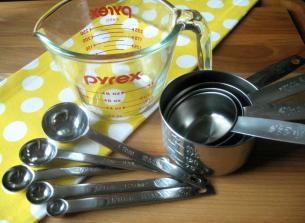
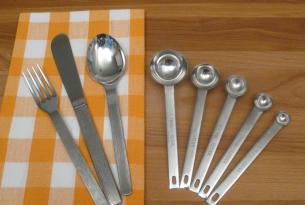
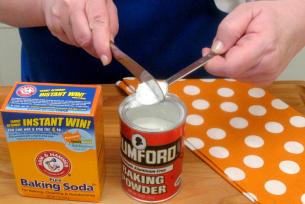
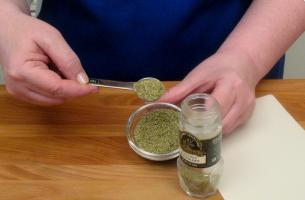
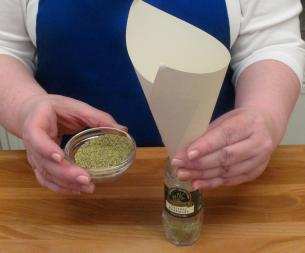
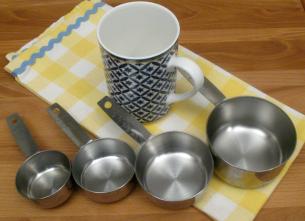
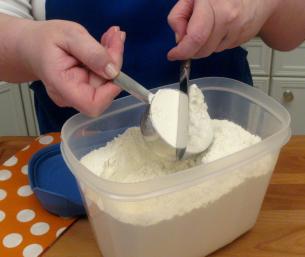
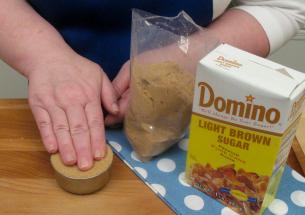
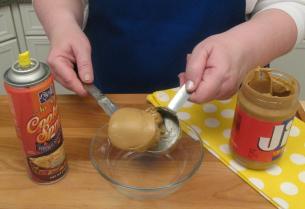
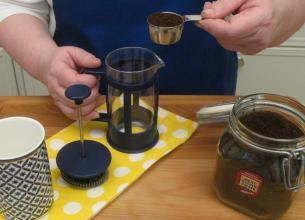
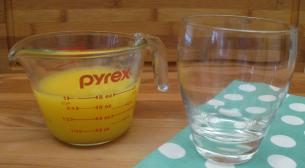
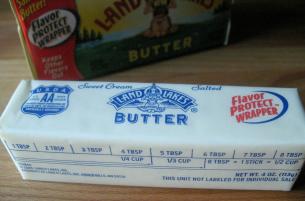













Beth Best said:
After 41 years of marriage and lots of cooking in my kitchen, it is time to replace some of my worn out and overused baking tools. I often add new gadgets but some of the old favorites are still with me. One of my pyrex glass measuring cups no long has the red letters on the outside. By habit I use it still but we are downsizing our home and moving to the country. Time to re-assess my kitchen tools and buy lighter, plastic ones. I have arthritis in my hands and now choose bowls, and baking items to fit into my new limitations. I’ll let you know what I find in my shopping trip to top up my kitchen tools. Beth